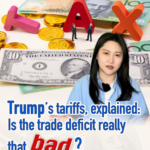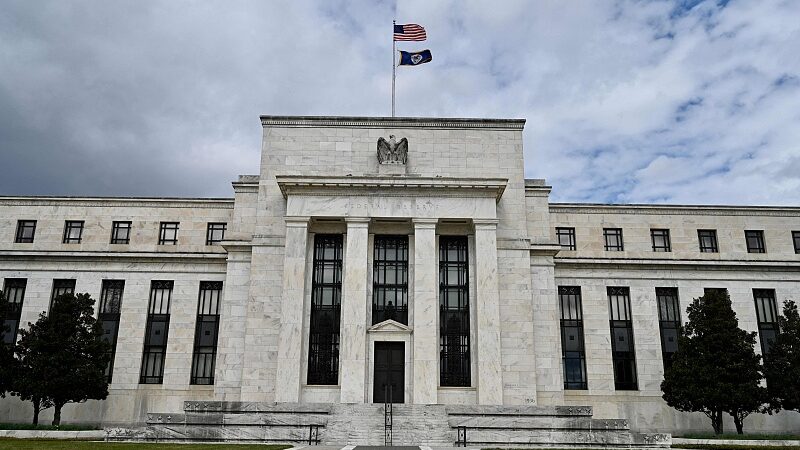🌐 Why does the U.S. have massive trade deficits despite sky-high inequality? A fresh analysis argues conventional wisdom about trade imbalances might be missing the big picture – and it all ties back to the greenback's unique global role.
🧩 The Trade Deficit Mystery
Forget 'lazy workers' or 'cheap imports.' The real driver of trade imbalances? Income inequality. Countries with trade surpluses often have workers earning less than their productivity warrants, creating a gap between what they produce and what they can afford to buy. Result? They export the difference.
🇺🇸 The American Exception
Here's the twist: The U.S. has both extreme inequality and trade deficits. Enter dollar hegemony 🌟. As the world's go-to reserve currency, the dollar acts like a financial magnet – pulling in global savings that lower U.S. borrowing costs while boosting purchasing power. This 'financial superpower' status lets Americans buy more imports than they export.
💡 The Double-Edged Dollar
While dollar dominance keeps credit cheap and iPhones affordable, critics argue it masks deeper issues: stagnant wages, offshored jobs, and an economy increasingly reliant on foreign capital. Could this setup be too comfortable? Analysts warn it risks long-term instability if global confidence in the dollar ever falters.
🔍 The Bottom Line: Next time someone blames trade deficits on 'unfair practices,' remember – the story involves Wall Street bonuses, factory worker paychecks, and the $100 bill in your wallet. The dollar isn't just money – it's a global power player with consequences.
Reference(s):
cgtn.com






